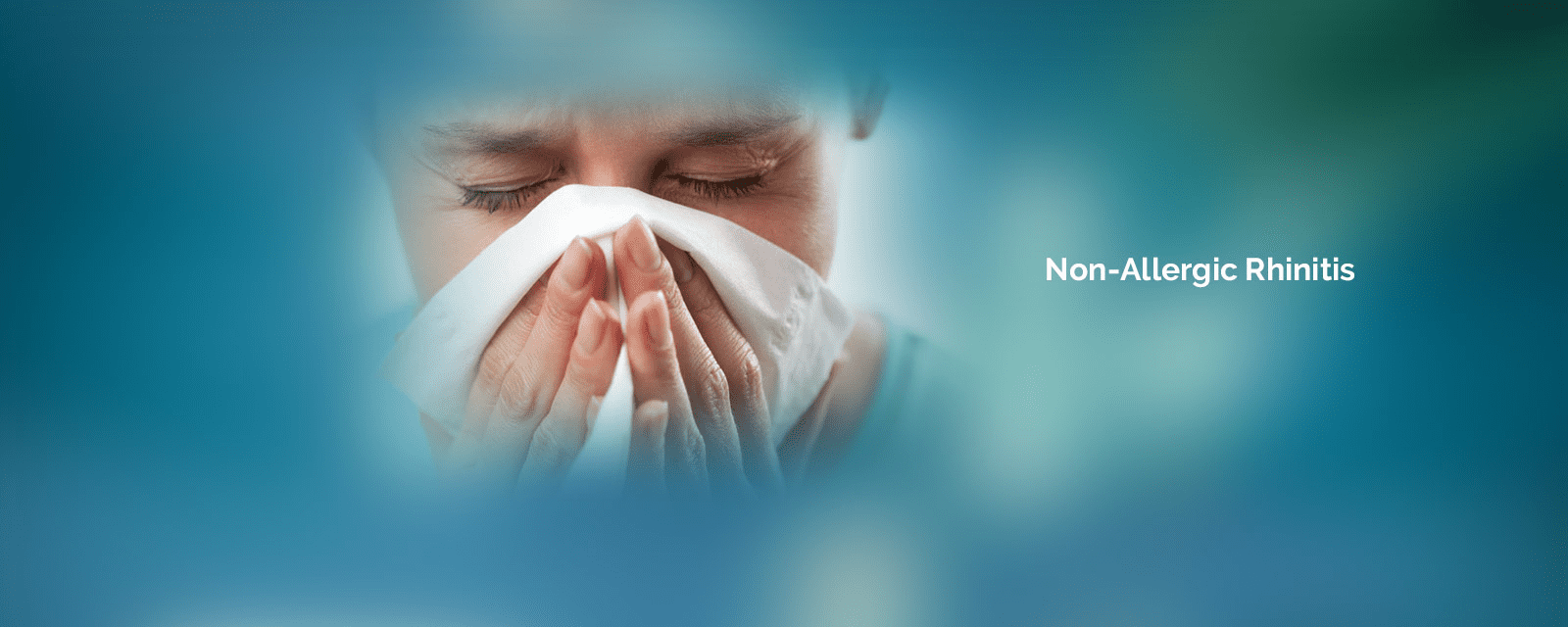Non-allergic rhinitis is a condition that closely resembles an allergy, bit is not. It is an inflammation of the inner part of the nose. There are 4 types of non-allergic rhinitis. They are Infectious rhinitis, vasomotor rhinitis, atrophic rhinitis and rhinitis medicamentosa, each having their own causes. The disease develops mostly in adulthood, is more prevalent in males than females, and fairly common in India, with around 2 million patients per year.
Non-allergic rhinitis has symptoms that feel like common cold or flu, but come and go all year round. These include:
- Runny nose
- Stuffy nose
- Bouts of sneezing
- Mucous or phlegm in the nose and throat
- Cough
In some rare cases, a crust might develop in the nose which may produce a foul-smelling odour and bleed if and when you try to remove it.
See a doctor, if your symptoms become too severe, and normal over-the-counter medications don’t provide relief. Always trust premier medical institutions like Paras hospitals group, which have specialized departments for the treatment and care of such conditions.
Causes can be broken down in accordance to the type of the condition, which are:
- Infectious rhinitis, also called viral rhinitis, is caused by an infection such as common cold or flu.
- Vasomotor rhinitis, is caused when the blood vessels in the nose are too sensitive. Because of this over-sensitivity, certain environmental triggers can cause them to dilate and inflame. Triggers can include chemical irritants, perfumes, smoke, pain-fumes, spicy foods, a drop in temperature and mental stress.
- Atrophic rhinitis, is caused when membranes known as turbinate tissue, which are found in the nose, become thinner and harder, causing nasal passage to become wide and dry. Thinning of turbinate tissue leads to growth of bacteria, which may form a crust which smells bad, and bleeds if removed.
- Rhinitis medicamentosa, is caused by the usage of drugs. These could be nasal decongestants, beta-blockers, aspirin or cocaine.
Risk Factors include:
- Exposure to irritants such as tobacco smoke, smog, exhaust fumes etc.
- Eating spicy foods
- Health conditions such as lupus, cystic fibrosis and asthma
Non-allergic rhinitis is usually nothing to worry about, but does need a little care and management. Infectious rhinitis usually goes away on its own. A person with vasomotor rhinitis should try to avoid the triggers which cause inflammation. Nasal sprays may help reduce inflammation and congestion. Saline solution irrigation can be used to relieve the crusting in atrophic rhinitis. Antibiotics can be used in case of infection.



 Call us at
Call us at